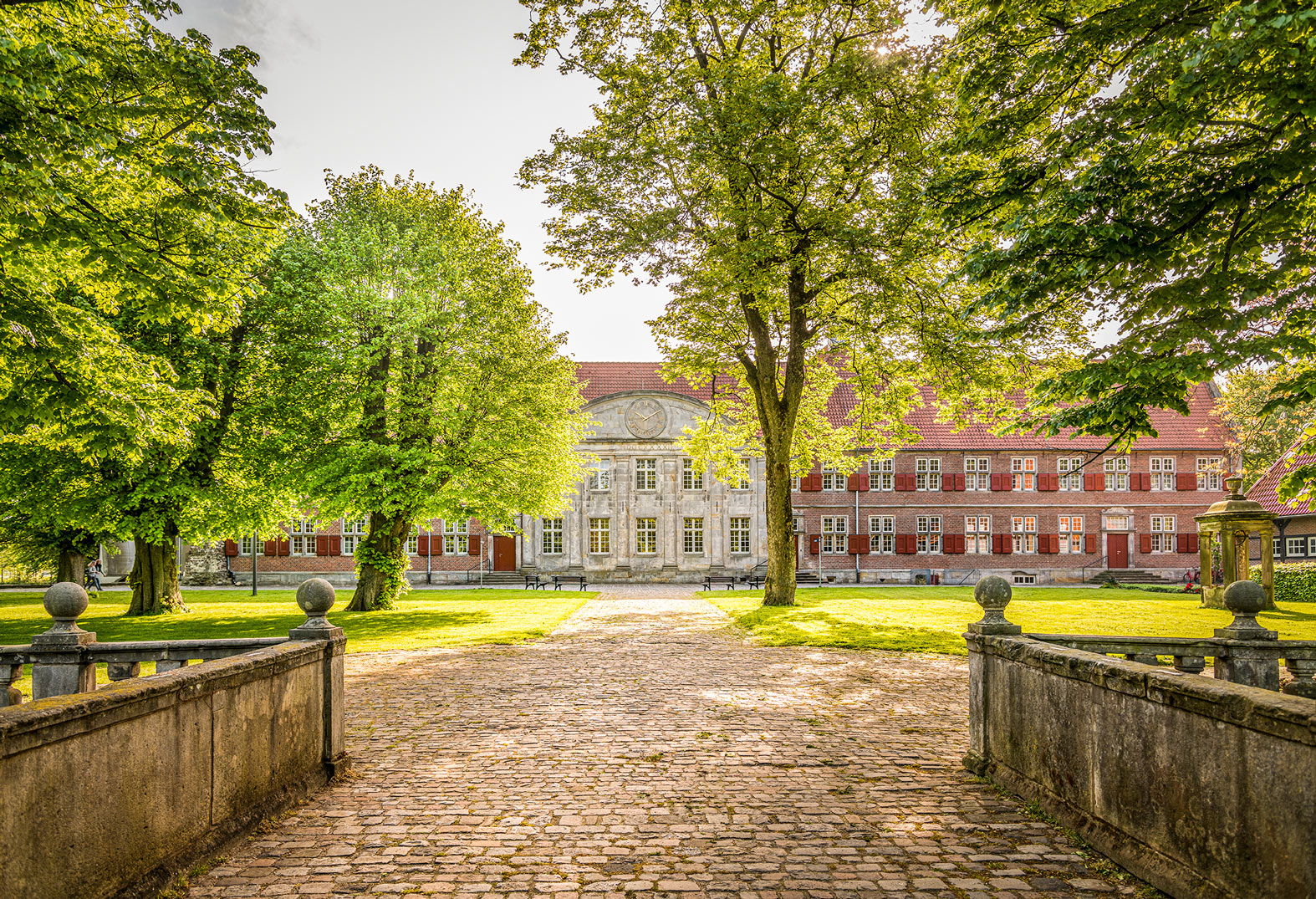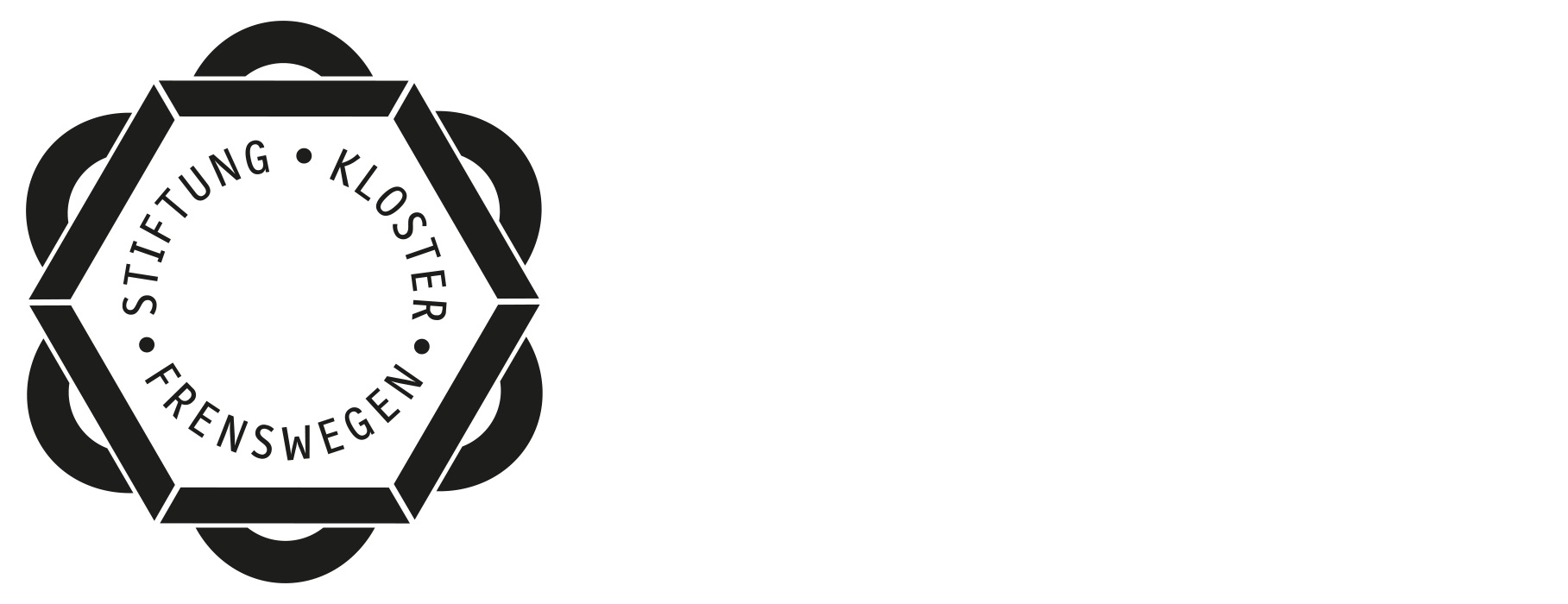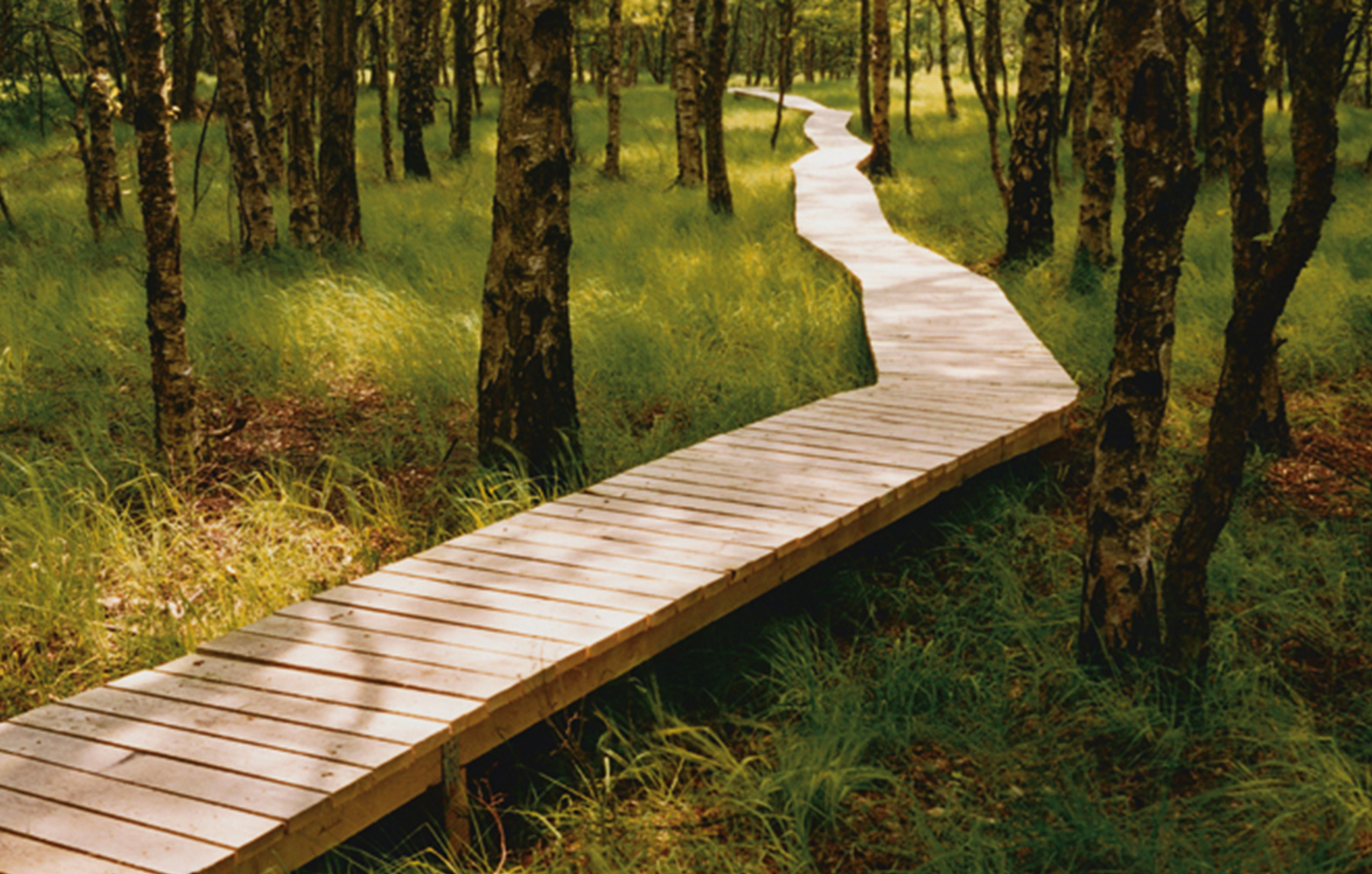
Starting out from the sculpture “Ein Weg durch das Moor” (A Path through the Bog, 1999) by the Swiss artist duo Peter Fischli and David Weiss, which is located in the immediate vicinity of the former Nazi prison camp Bathorn, participants of the Summer School are invited to engage with current debates concerning practices of remembrance and the ways in which art might contribute to them. Workshops, performances, readings, and discussions with artists, curators, and people active in the region as well as practical work on the conservation of the sculpture by Fischli & Weiss will all revolve around the question “What’s art got to do with it?” To put it in more specific terms: What does art have to do with the negotiation of history and what role can, should, or must it play in the discourse of collective memory? The summer school offers an opportunity for participants to explore together the relationship between the sociopolitical and historical dimensions of practices of remembrance and the critical potentials of artistic practice.
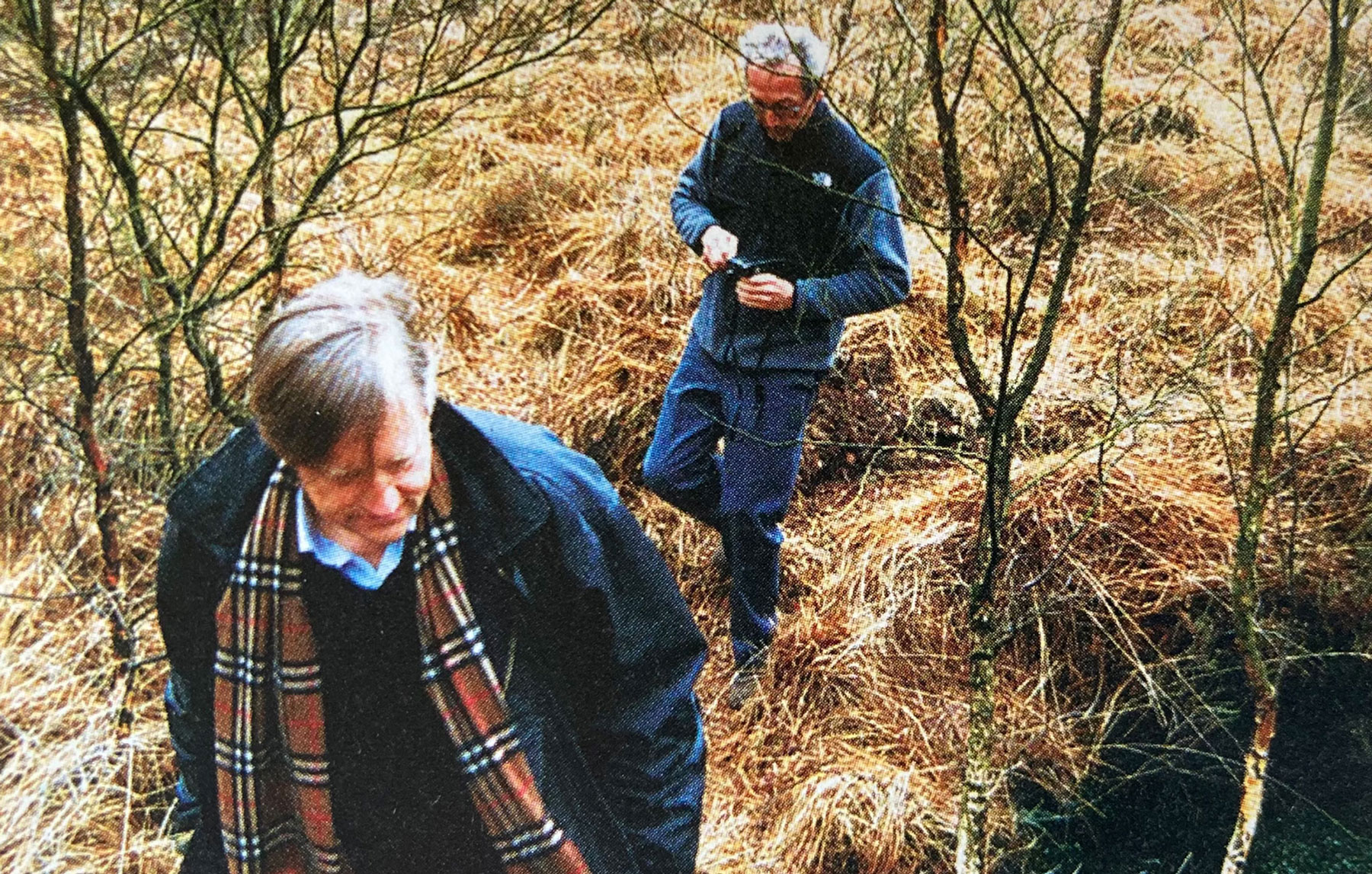
The work of Peter Fischli (b. 1952) and David Weiss (1946–2012) revolves around the banalities of everyday life. With equal parts humor and philosophical insight, the Swiss duo’s multi-part installations, miniatures, and short films illuminate the seemingly incidental mechanisms of our coexistence. The range of materials used to make them is vast—from sausages and other food scraps to polyurethane rubber, clay, and wood. Through the deployment of materials and techniques that are relatively rudimentary, in artistic terms, they direct the viewer’s gaze to what is already familiar, only to push it into the absurd. Since Weiss passed away, Fischli has continued the work of the duo on his own. In response to an invitation from guest curators Harald Szeeman and Zdenek Felix, in 1999 Fischli and Weiss constructed a narrow boardwalk out of oak planks as part of the “Kunstwegen” project. The circular trail is three quarters of a mile long and takes visitors through the forested area behind the former Nazi forced-labor camp Bathorn, albeit without leading to a concrete destination. It is characterized by numerous bends and large differences in altitude; parts of it are missing. The design makes demands that necessitate a conscious and focused negotiation of the trail itself. At the half-way point there is a small clearing in the forest from which one can see a since rewilded peat bog. Alongside the important role played by nature, which is emphasized throughout in the deliberate avoidance of hard-wearing metal supports or anti-slip decking, the focus is above all the history of the area and reflections on it. As a silent site of encounter, the path offers visitors an opportunity to commemorate the history of the local Emsland camps and those who were imprisoned in them. At the same time it can be read as a reference to non-linear and notoriously incomplete processes of collective remembrance.
The open-air museum “Kunstwegen” was launched in the year 2000 as a cross-border project spanning the Netherlands and Germany. More than eighty sculptures by international artists are currently to be found along a route that is more than 110 miles long. The border regions are linked together through the sculptures and installations on view alongside the Vechte, a river that flows from the Westphalian Basin in Germany to the Ijsselmeer in the central Netherlands. The artworks enter into an intimate dialogue with their respective local contexts by picking up on natural phenomena, regional specificities and historical events.
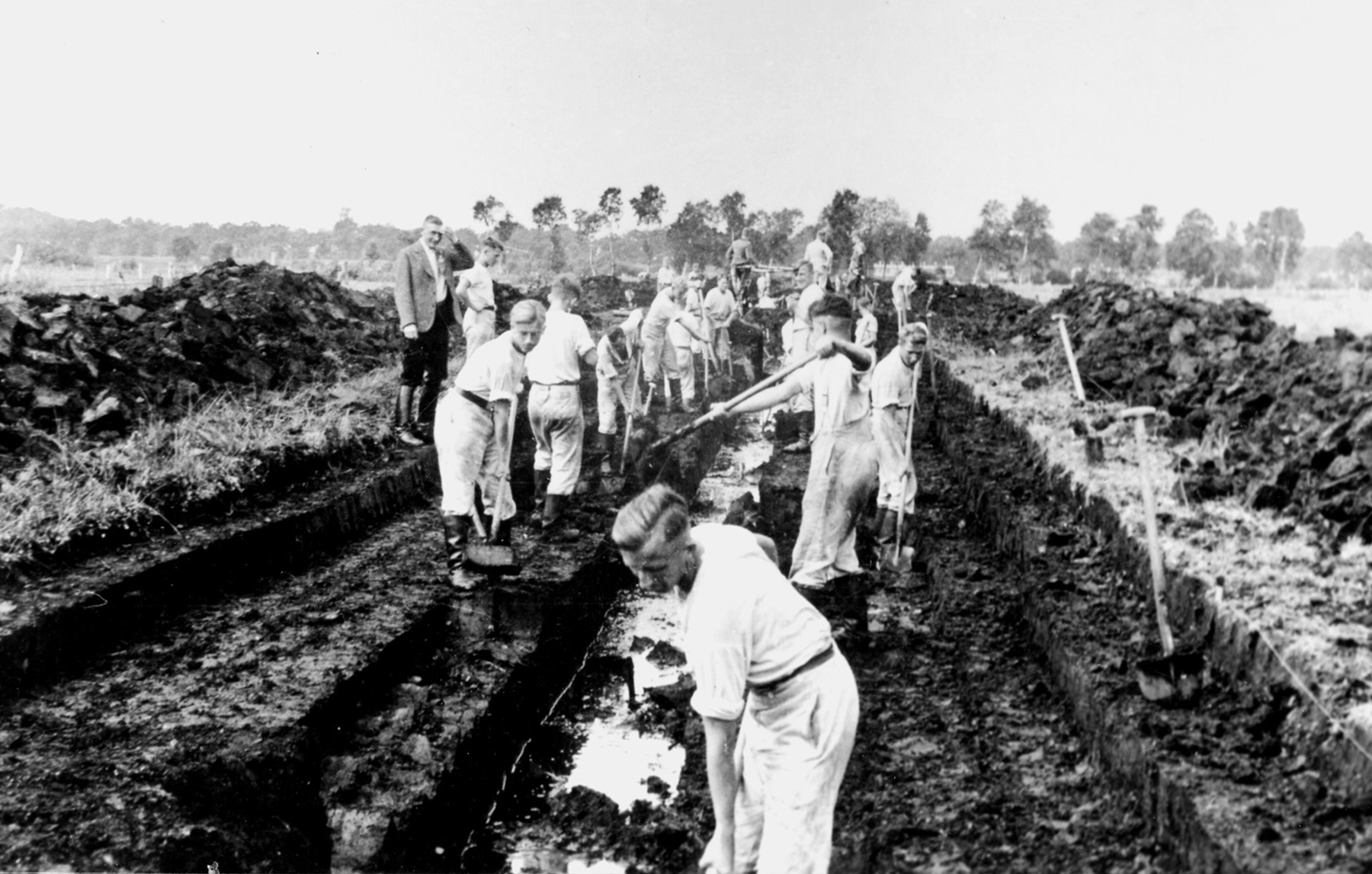
Between 1933 and 1945 a total of fifteen so-called Emslandlager (Emsland Camps) were established and operated by the Nazis in today’s Emsland and the district of Bentheim. They were part of a large-scale project of “internal colonization” intended to refashion what was considered a backward region into a showcase of economic success as well as to make room for settlers from the eastern territories of the Reich. During the first years of their operation, the concentration camps, prisoner camps, and POW camps housed above all political prisoners, who were forced to work at the local peat extraction site. They came primarily from the socialist or communist milieus of Germany’s industrial Ruhr region and became a symbol of the international antifascist resistance through the song composed by some of the inmates themselves: “Die Moorsoldaten” (Peat Bog Soldiers). Camp XIV Bathorn was constructed in 1938 and was originally designed for a thousand prisoners. After the beginning of the war in 1939, most of them were POWs from the Soviet Union as well as France and its colonies. But Bathorn soon became exceptionally overcrowded, with more than four thousand inmates. Hard labor, insufficient food, and poor sanitary conditions in the barracks meant countless people died. The camp was liberated by Canadian troops in 1945 and would be repurposed into a reception camp for refugees and displaced persons.

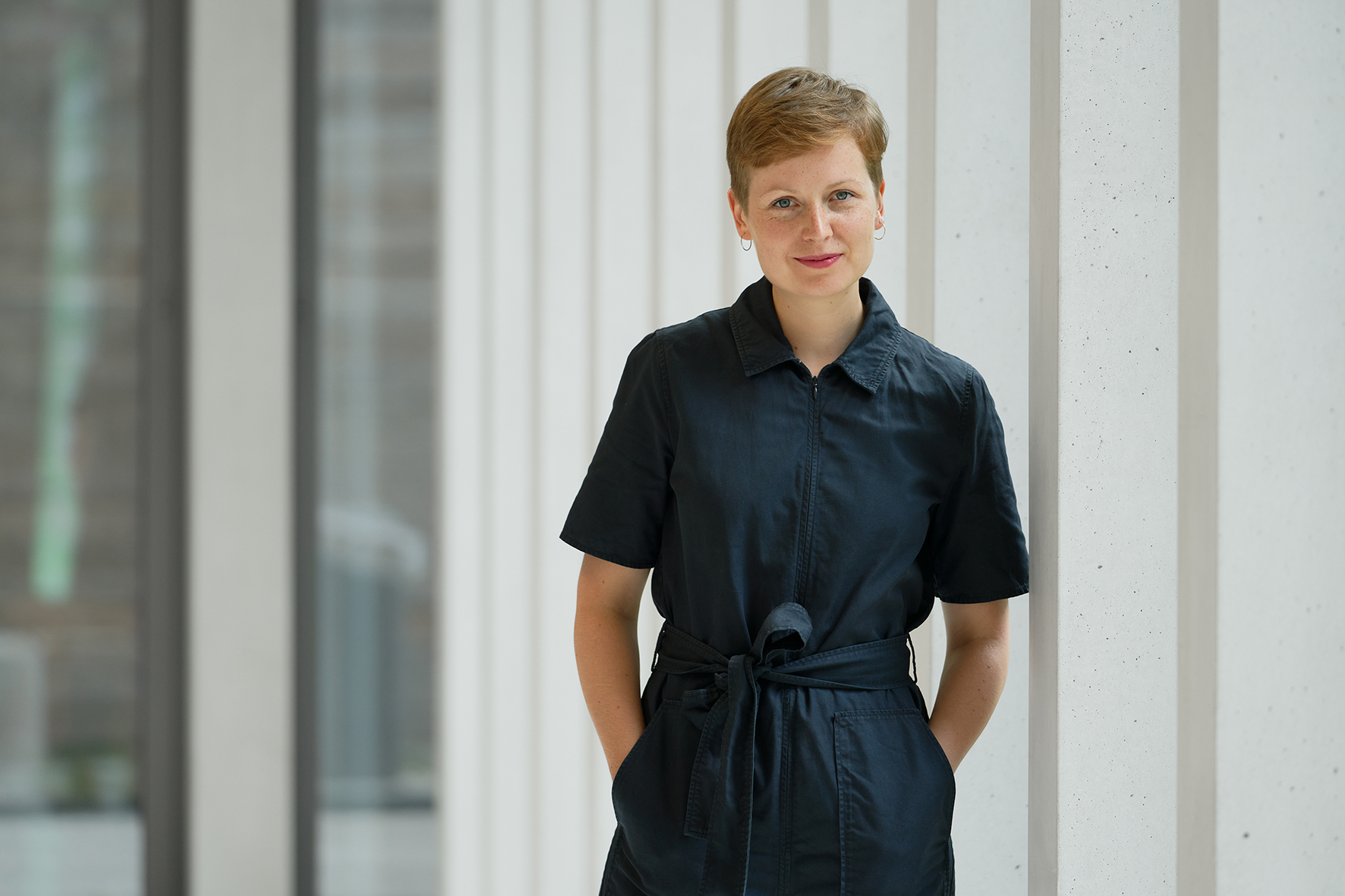
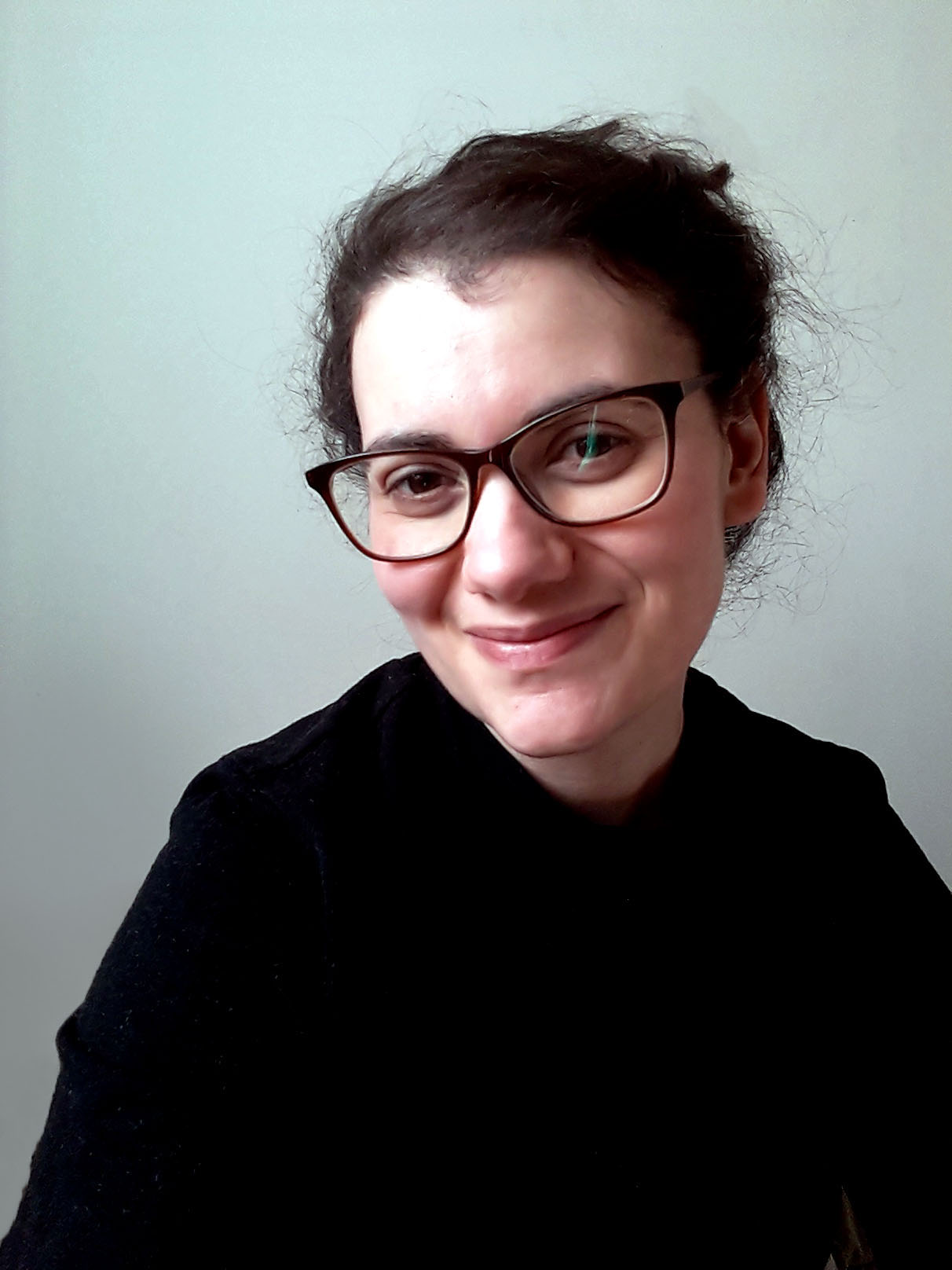
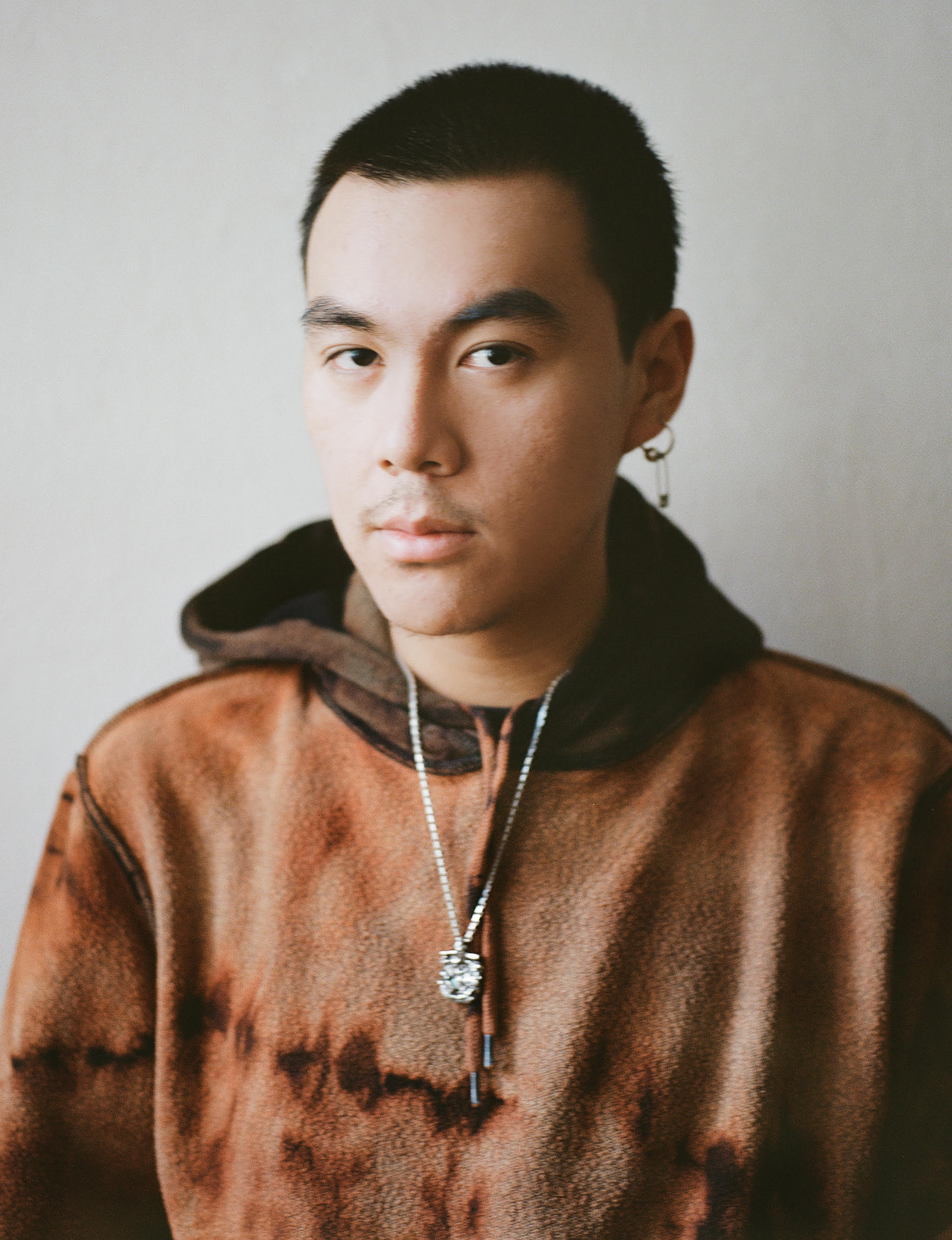
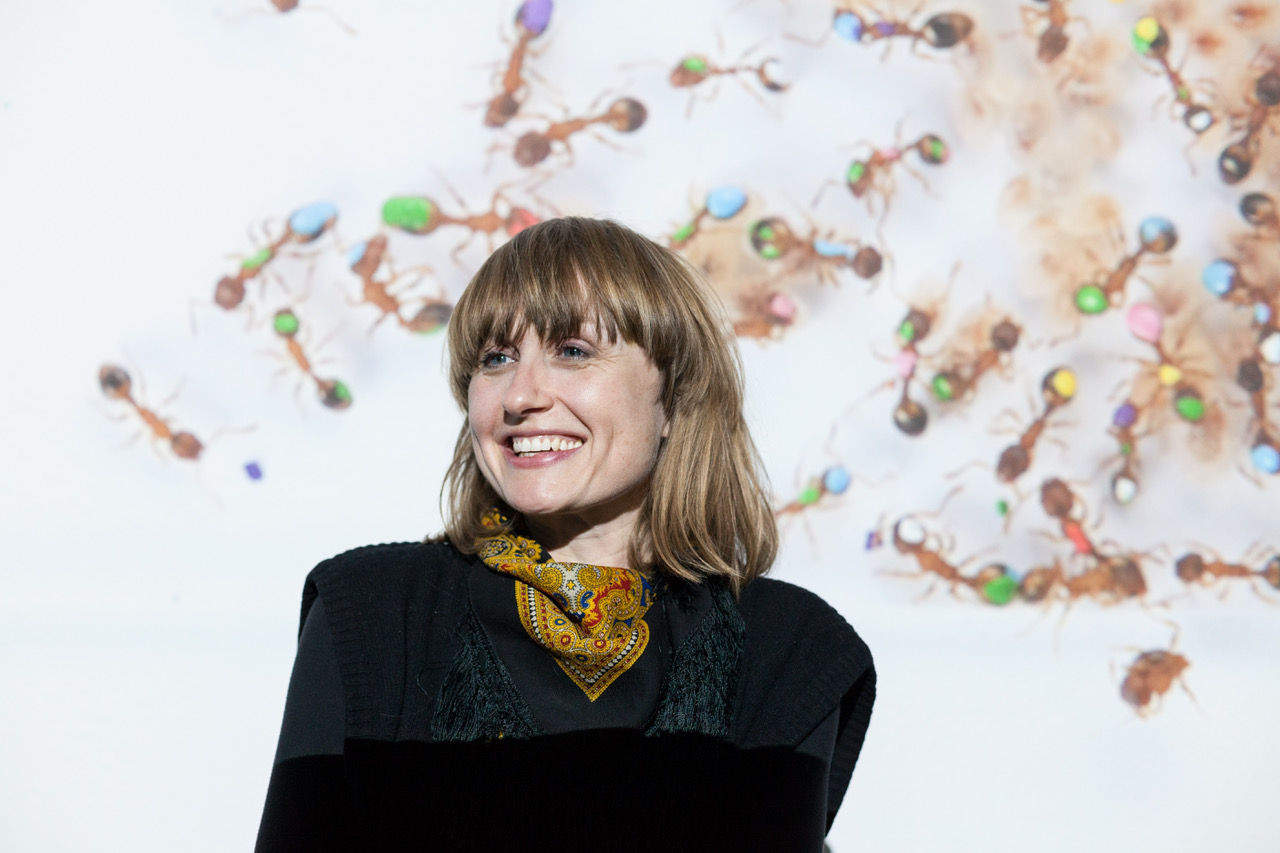
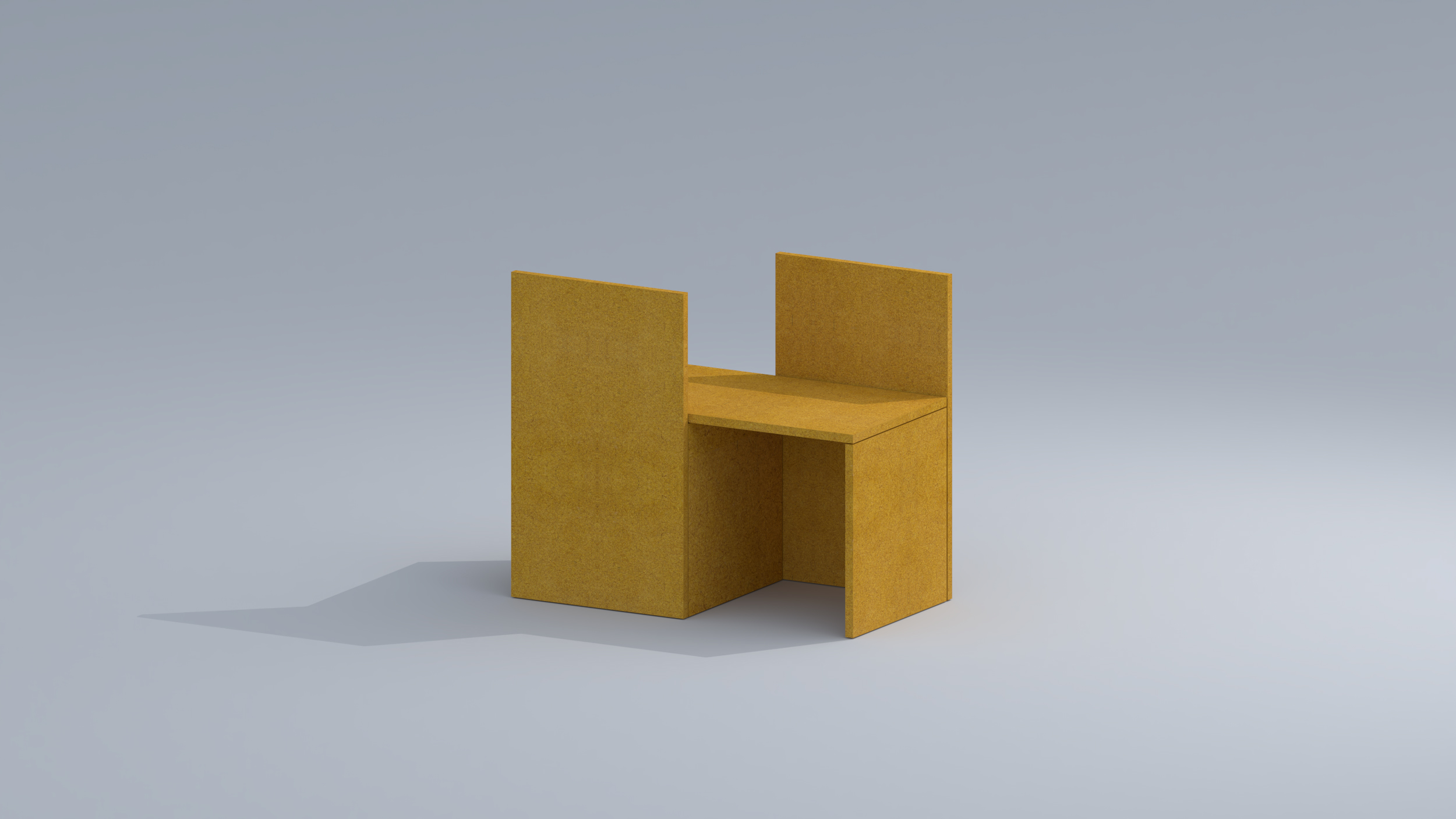

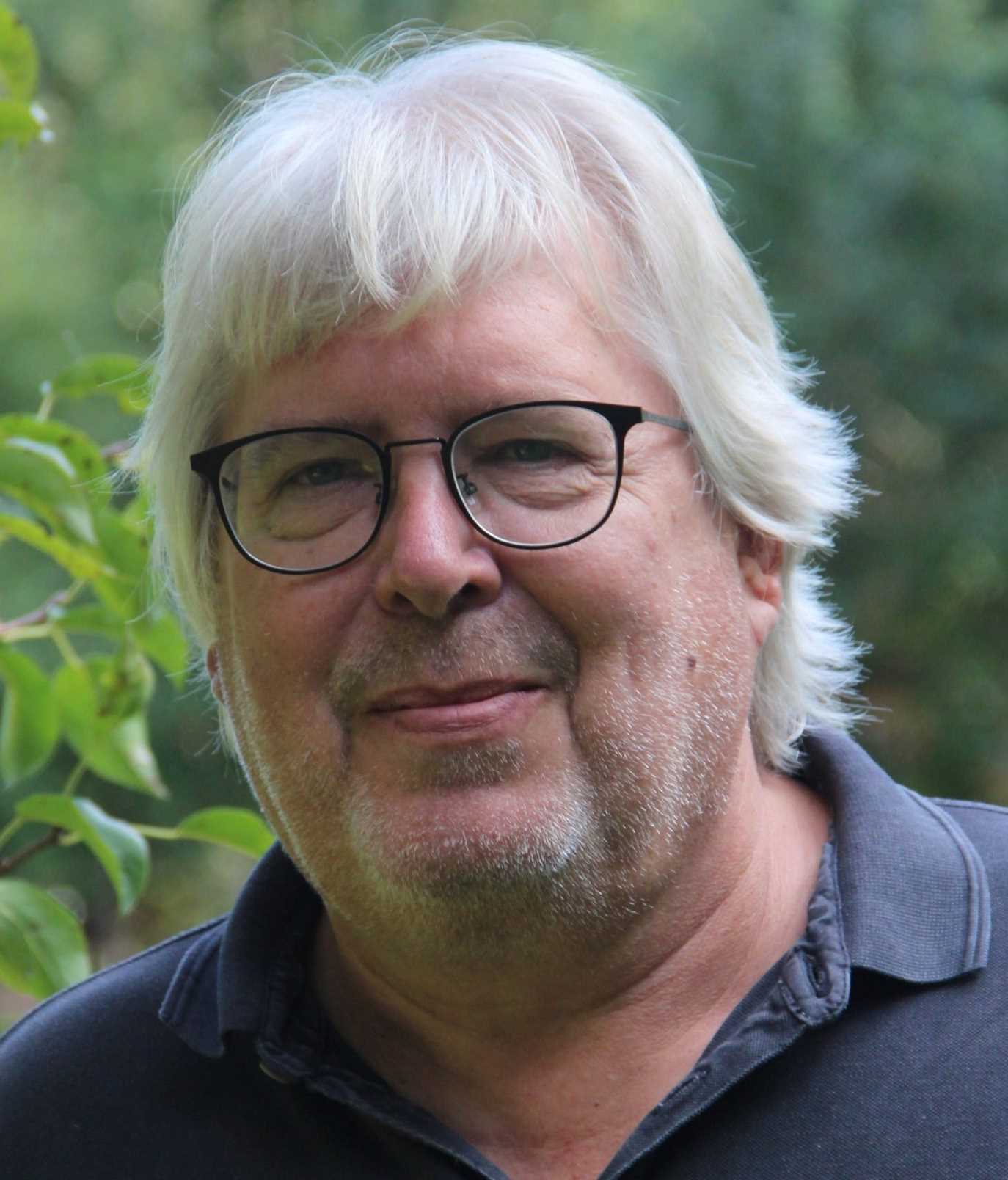

August 22–28, 2022
Tuesday, August 23, 2022
Wednesday, August 24, 2022
Thursday, August 25, 2022
Friday, August 26, 2022
Saturday, August 27, 2022
To register for the summer school, please send an email with your name, address, phone number, accommodation type, and whether you qualify for any concessions (see below) to: info@whatsartgottodowithit.de
The cut-off date for registration is June 20, 2022.
